 |
The owner of the BYD M6 electric car had to spend almost a day traveling through three districts and stopping at four charging stations to be able to recharge the battery by… 20%. |
The second time at Volvo Dong Sai Gon showroom (Binh Thanh District): there was a Rabbit EVC station but was refused to use it because it "only serves Volvo customers".
3rd time at BYD Harmony Saigon showroom (District 7): only allowed cars purchased at this dealership to charge for free, refused even when customers asked to pay a fee.
Finally at Crescent Mall (District 7): Porsche station works well, but charging costs and parking fees are surprisingly high.
“I don't regret choosing the BYD M6, because having to find a BYD charging station really tired me out ,” Mr. Son shared.
 |
Reactions from the electric vehicle community on the BYD forum. |
Mr. Son’s story is not an isolated case. Many other BYD electric car users have similar experiences: being rejected, encountering system errors, or having to wait in long lines on weekends.
Some “fire-fighting” solutions proposed by users include installing chargers at home, or charging at cafes and restaurants. However, these solutions cannot replace a synchronized and effective public charging station ecosystem.
Third-party charging stations 'lack consistency'
Most Chinese electric vehicles in Vietnam, including BYD, Wuling... do not develop their own charging station systems but rely on third-party partners such as E-Charge, Rabbit EVC, Porsche, VinFast... This leads to inconsistency in operating policies, access rights and technical support.
 |
BYD M6 owner shares his journey to find a charging station that left him exhausted. |
The fact that stations are “existing but not usable”, “only for company customers”, or require complicated procedures has become a major barrier for users, especially those new to electric vehicles.
Don't wait for the plum to fall
Instead of waiting for government policies, electric vehicle manufacturers in Vietnam need to learn from VinFast, a rare company that not only sells cars but also invests heavily in charging infrastructure. Thanks to this, VinFast can create a clear competitive advantage and promote widespread adoption of electric vehicles.
A sustainable electric vehicle ecosystem cannot exist on promises alone or rely entirely on third parties. When foreign car manufacturers only focus on selling products, without accompanying users in the process of using, especially in the charging infrastructure, they are weakening themselves in the competitive race.
 |
Many other BYD electric car users have echoed similar experiences: rejections, system failures, or long queues on weekends. |
Meanwhile, VinFast has gone one step ahead, building a nationwide network of charging stations, bringing a convenient experience to customers. This is a huge advantage that car manufacturers that depend on external infrastructure will find difficult to catch up with in the short term.
If they continue to shy away from the role of infrastructure builders, many automakers will not only fall behind, but will also struggle to retain users in an increasingly competitive market with high expectations for the overall experience.
To truly transform green, it is necessary to start with concrete actions from businesses themselves. That is not only the right business strategy, but also a commitment to consumers and the future of Vietnam's transportation industry.
Is BYD "quietly" changing its strategy?
Notably, in the context that many pure electric vehicle users are having difficulty with charging, BYD recently introduced the Sealion 6 C-class CUV, a Plug-in Hybrid (PHEV) model that can both charge and use a gasoline engine. This is seen by analysts as a signal that the company may be adjusting its product strategy in the Vietnamese market, shifting its focus from pure electric vehicles to hybrid gasoline vehicles, to better suit current infrastructure conditions.
 Most Chinese electric vehicles in Vietnam, including BYD, Wuling, etc., do not develop their own charging station systems but rely on third-party partners. Most Chinese electric vehicles in Vietnam, including BYD, Wuling, etc., do not develop their own charging station systems but rely on third-party partners. |
However, this shift also poses many risks for customers who previously purchased BYD's all-electric vehicles (BEVs). In many statements, the company's representatives affirmed that they would not directly invest in charging stations in Vietnam, but would only cooperate with third parties. This means that users of the company's BEVs will continue to depend on an unsynchronized charging ecosystem, which poses potential risks for long-term use.
If BYD completely switches to Hybrid to "avoid" the infrastructure problem, the lack of long-term commitment to the existing BEV customer group will be a significant minus point in terms of sustainability and brand responsibility in the eyes of consumers.
Knowledge & Life Newspaper will continue to reflect to readers issues related to electric vehicle infrastructure, helping consumers make informed decisions.
Source: https://khoahocdoisong.vn/chu-oto-dien-byd-m6-kho-so-hanh-xac-nguyen-ca-1-ngay-tim-tram-sac-post268905.html


![[Photo] Buddha's Birthday 2025: Honoring the message of love, wisdom, and tolerance](https://vphoto.vietnam.vn/thumb/1200x675/vietnam/resource/IMAGE/2025/5/12/8cd2a70beb264374b41fc5d36add6c3d)


![[Photo] Prime Minister Pham Minh Chinh starts construction of vital highway through Thai Binh and Nam Dinh](https://vphoto.vietnam.vn/thumb/1200x675/vietnam/resource/IMAGE/2025/5/12/52d98584ccea4c8dbf7c7f7484433af5)

![[Photo] Prime Minister Pham Minh Chinh works with the Standing Committee of Thai Binh Provincial Party Committee](https://vphoto.vietnam.vn/thumb/1200x675/vietnam/resource/IMAGE/2025/5/12/f514ab990c544e05a446f77bba59c7d1)
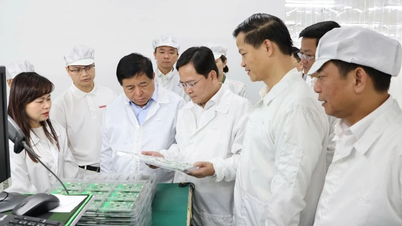
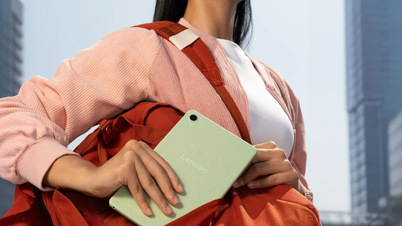
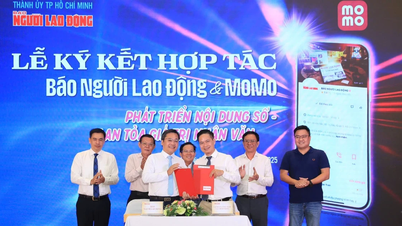


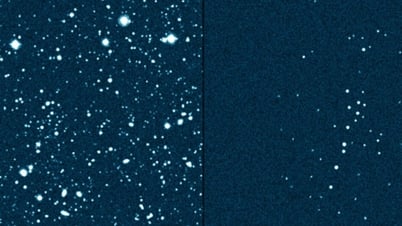





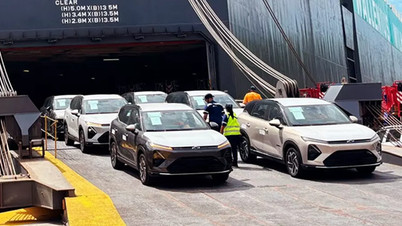
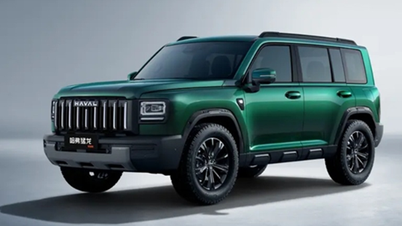

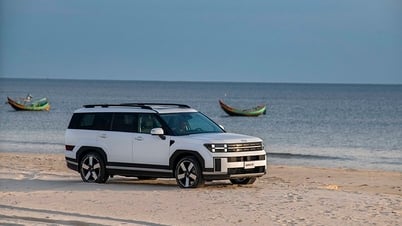
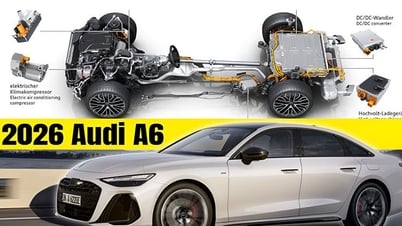














































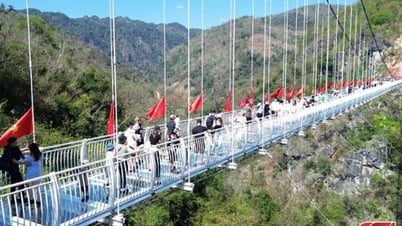









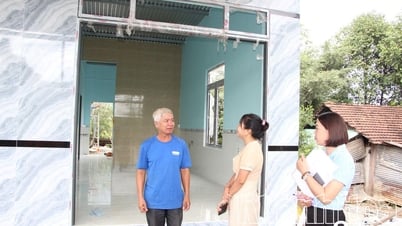












Comment (0)